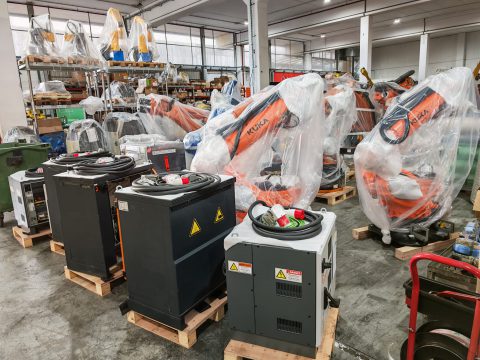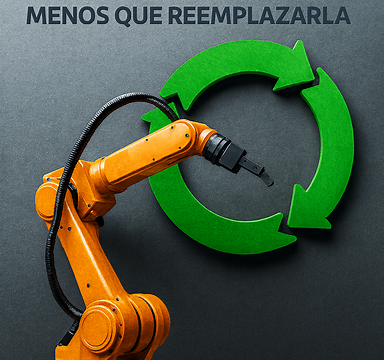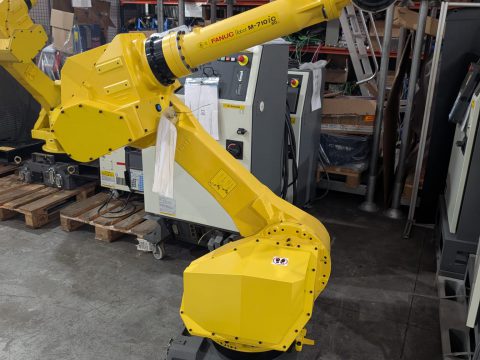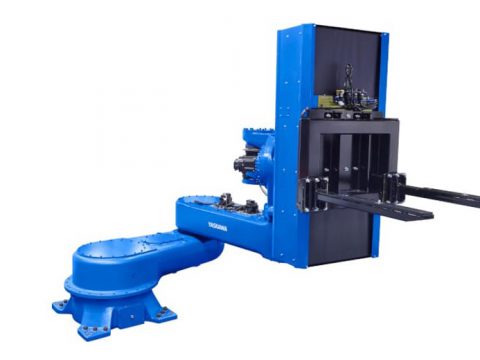THE NEW CONCEPT OF THE RECONFIGURABLE FACTORY: HOW REFURBISHED ROBOTS CREATE ADAPTABLE AND MODULAR PRODUCTION LINES
For years, factories were designed as rigid systems: fixed lines, dedicated stations and layouts that barely changed for an entire decade. But the days of mass, stable production are now behind us. The new industrial economy demands flexibility, customisation and immediate responsiveness. Thus, the concept of the reconfigurable factory was born, where refurbished industrial robots










